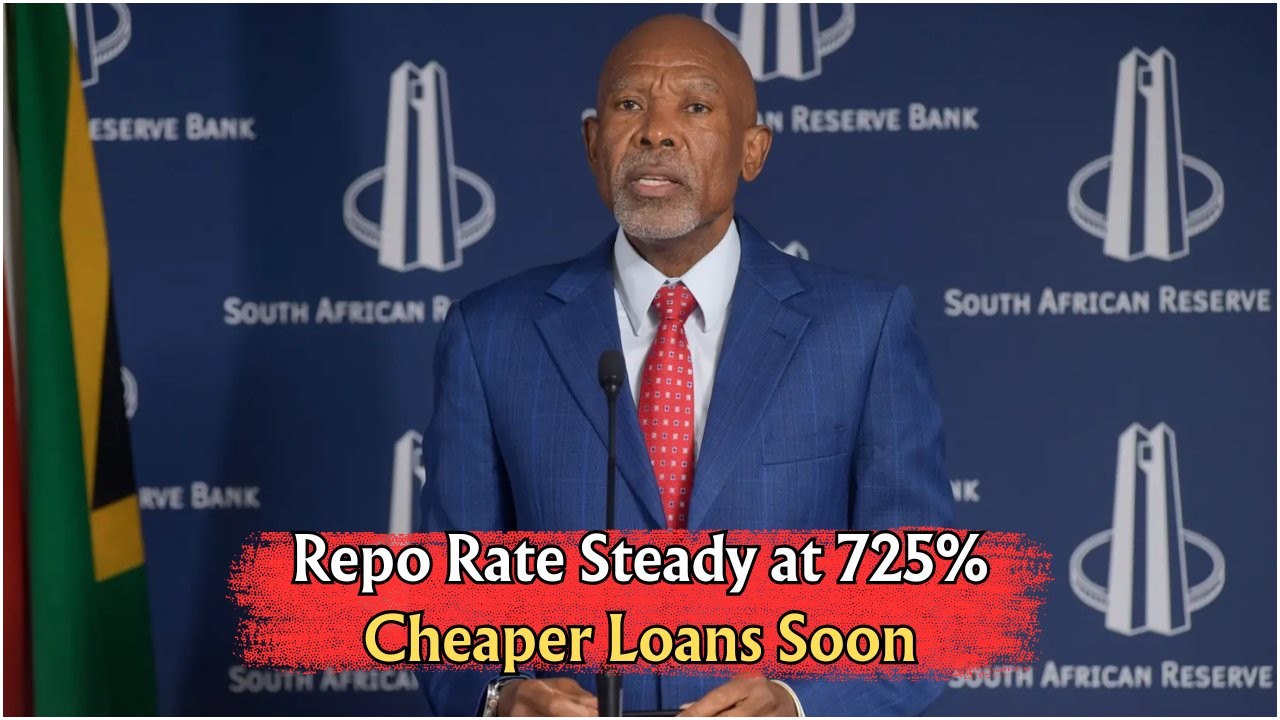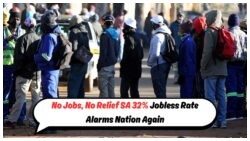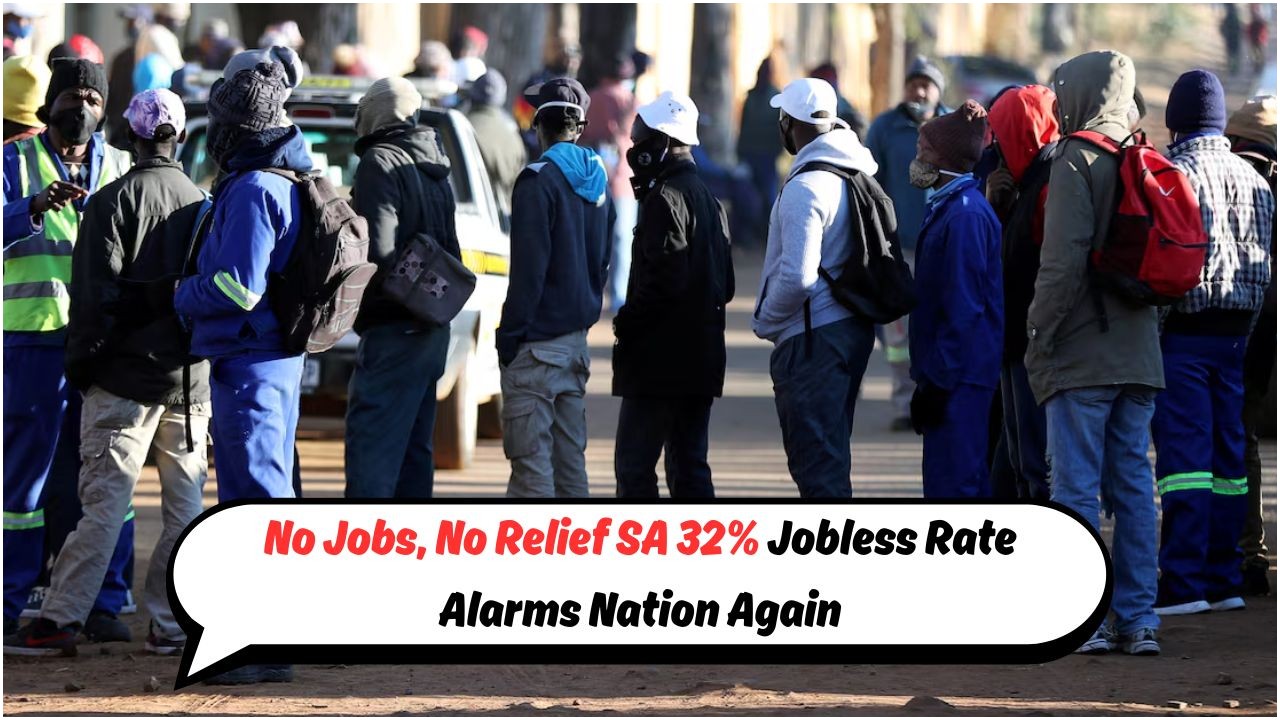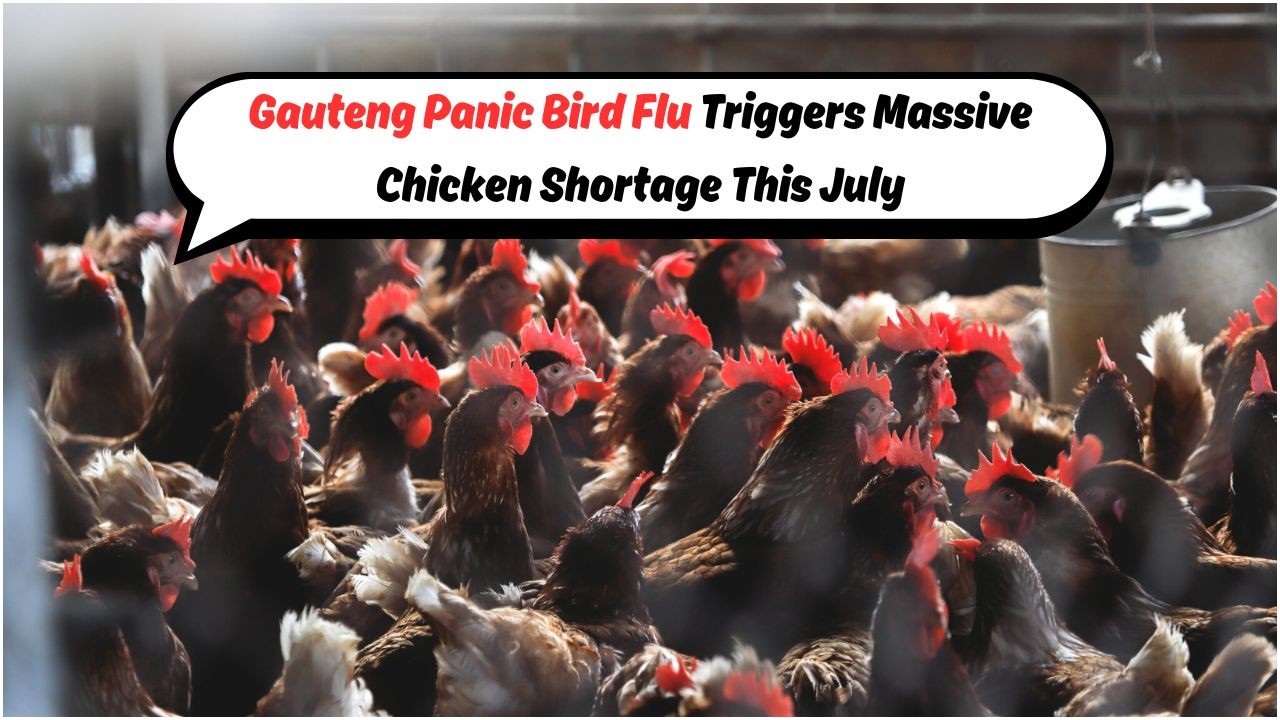South African Reserve Bank’s Interest Rate Decision: As South Africa navigates its economic recovery, the focus is on the South African Reserve Bank (SARB) and its decision to maintain the interest rate at 7.25%. This decision is pivotal as it plays a significant role in influencing lending practices and the broader economic climate. Economists and financial analysts are keenly observing the potential rate cut in September, which could serve as a catalyst to stimulate lending and invigorate economic activity. The current rate has implications for consumers, businesses, and the financial sector, making the SARB’s future moves highly anticipated.
Impact of SARB’s 7.25% Interest Rate on South African Economy
The interest rate set by the South African Reserve Bank is a crucial lever in managing the country’s economic health. A 7.25% rate is designed to control inflation while encouraging stability in the financial markets. This rate affects everything from mortgage payments to business loans, influencing consumer spending and investment decisions. The SARB’s decision to hold the rate steady reflects a cautious approach amid global economic uncertainties. In South Africa, where economic growth has been sluggish, maintaining a stable rate aims to balance inflation control with the need to support economic recovery.
- Stabilizing inflation is a primary goal of the current rate.
- Encourages consumer confidence by ensuring predictable loan repayments.
- Affects the affordability of housing and business investments.
- Impacts the exchange rate, influencing international trade dynamics.
- Helps manage the country’s debt levels by controlling borrowing costs.
- Supports financial institutions in maintaining liquidity and solvency.
- Enables strategic fiscal planning by the government and businesses.
- Aims to foster economic resilience in challenging times.
Potential Rate Cut in September and Its Implications
Speculation about a potential interest rate cut in September has sparked discussions across various sectors. A reduction in the rate could lower borrowing costs, making loans more accessible to individuals and businesses. This could lead to increased consumer spending, driving demand and potentially boosting economic growth. However, the SARB must weigh these benefits against the risk of inflationary pressures that could arise from a more aggressive monetary policy. The decision to cut rates will likely depend on economic indicators such as inflation trends, employment rates, and global economic conditions.
- Lower borrowing costs could stimulate economic activity.
- Improved access to credit for consumers and businesses.
- Potential increase in housing market activity.
- Risk of inflation must be carefully managed.
- Global economic factors will influence the SARB’s decision.
Understanding the SARB’s Monetary Policy Tools
The South African Reserve Bank employs various tools to influence the economy, with the interest rate being a primary instrument. These tools help manage liquidity, control inflation, and stabilize the financial sector. Understanding how these mechanisms work can provide insights into the SARB’s strategies and potential future actions.
| Tool | Function | Impact |
|---|---|---|
| Interest Rate | Regulate borrowing costs | Influences spending and investment |
| Open Market Operations | Control money supply | Affects liquidity in the economy |
| Reserve Requirements | Bank reserve levels | Ensures financial stability |
| Exchange Rate Policy | Stabilize currency | Impacts trade balance |
| Inflation Targeting | Price stability | Maintains economic confidence |
Challenges Faced by the South African Economy
South Africa’s economy faces several challenges that the SARB must consider in its monetary policy decisions. High unemployment rates, fluctuating commodity prices, and the ongoing impact of the COVID-19 pandemic are significant factors. These challenges necessitate a careful balance between stimulating growth and controlling inflation.
- Unemployment remains a critical issue affecting economic growth.
- Commodity price volatility impacts export revenues.
- Pandemic-related disruptions continue to affect various sectors.
- Infrastructure constraints hinder economic development.
- Political and social factors influence economic stability.
Strategies for Economic Recovery in South Africa
To foster economic recovery, South Africa needs to implement strategies that address both short-term and long-term challenges. These strategies should focus on job creation, investment in infrastructure, and enhancing trade relations. By creating a conducive environment for business growth, the country can attract foreign investments and boost domestic economic activity.
| Strategy | Objective | Expected Outcome | Challenges |
|---|---|---|---|
| Job Creation | Reduce unemployment | Increased consumer spending | Skill mismatches |
| Infrastructure Investment | Boost development | Improved economic efficiency | Funding constraints |
| Trade Enhancement | Expand markets | Higher export revenues | Trade barriers |
| Education and Training | Skill development | Skilled workforce | Access to resources |
| Innovation Support | Foster R&D | Competitive industries | Resource allocation |
Future Prospects for South Africa’s Lending Environment
The future of South Africa’s lending environment will depend significantly on the SARB’s monetary policy decisions. A potential rate cut could pave the way for more competitive lending practices, encouraging both consumer and business borrowing. This environment could lead to a more dynamic economic landscape, with increased opportunities for growth and development.
- Competitive lending rates could boost economic activity.
- Increased access to credit for small and medium enterprises.
- Potential for innovation in financial products and services.
- Stronger economic growth prospects with increased investment.
- Challenges include managing inflation and ensuring financial stability.
FAQ Section
 Brace Yourself: Petrol and Diesel Prices Set to Rise on 25 July with R1.08 and R1.34 Hikes
Brace Yourself: Petrol and Diesel Prices Set to Rise on 25 July with R1.08 and R1.34 Hikes
- What is the current interest rate set by the SARB?
- The SARB has set the interest rate at 7.25%.
- Why is the SARB holding the rate at 7.25%?
- The rate is held to control inflation and stabilize the economy.
- What factors influence SARB’s decision on interest rates?
- Factors include inflation, economic growth, and global economic conditions.
- How does a rate cut affect lending?
- A rate cut can lower borrowing costs, encouraging more lending.
Key Takeaways
South Africa’s economic landscape is intricately linked with the SARB’s interest rate decisions. The current 7.25% rate reflects a balance between maintaining economic stability and fostering growth.
Potential rate cuts in the future could unlock more lending opportunities, stimulating economic activity and driving growth.
Challenges persist, including unemployment, inflation, and global economic uncertainties, which the SARB must navigate carefully.
Strategic investments in infrastructure and education are crucial to long-term economic recovery and development.
Monitoring monetary policy shifts and their implications will be essential for businesses and consumers alike.






